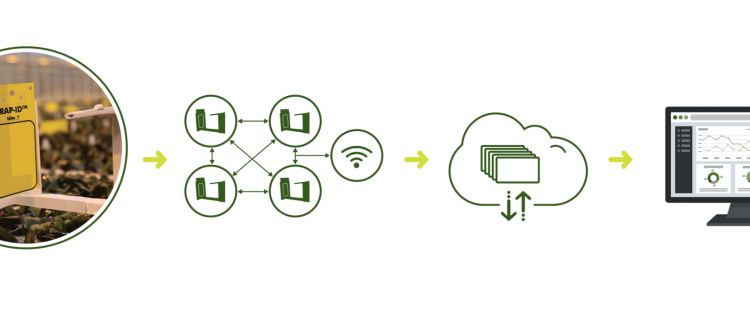In this article, we explore a groundbreaking development in pest control—an award-winning automated system for monitoring sticky traps. Catering to the interests of farmers, agronomists, agricultural engineers, farm owners, and scientists, we delve into the latest data and insights from reputable sources, highlighting the transformative potential of this technology in enhancing pest management practices on farms.
Pest control is a critical aspect of farming, and advancements in technology are revolutionizing the way pests are monitored and managed. An article by AGBZ reports that an automated system for monitoring sticky traps has been recognized and awarded in the Netherlands for its innovative approach. This cutting-edge technology offers real-time monitoring of insect populations, enabling farmers to optimize pest control strategies and minimize crop damage effectively.
The automated sticky trap monitoring system operates by using sensors and cameras to detect and identify insects captured on the sticky traps. It provides continuous data on insect populations, including species identification, population density, and activity patterns. This wealth of information equips farmers and agricultural professionals with valuable insights for making informed pest management decisions.
The benefits of this technology are far-reaching. By leveraging real-time data, farmers can detect pest infestations early, allowing for swift and targeted interventions. Timely action not only minimizes crop damage but also reduces the reliance on broad-spectrum pesticides, promoting sustainable and environmentally friendly farming practices. Furthermore, the data collected by the monitoring system can be analyzed over time, helping identify trends and patterns in pest populations, facilitating proactive pest control strategies and optimizing resource allocation.
The implementation of automated sticky trap monitoring systems on farms has the potential to revolutionize pest control practices. By combining innovative technology with scientific knowledge, farmers can achieve higher precision in pest management, resulting in improved crop yields, reduced chemical usage, and enhanced profitability. Agronomists and agricultural engineers can harness the power of real-time data to provide customized and effective pest control solutions tailored to specific farming conditions. Scientists working in agriculture can further analyze the vast datasets generated by these systems, contributing to the development of advanced pest control methods and the overall understanding of pest dynamics.
In conclusion, the introduction of automated sticky trap monitoring systems marks a significant milestone in pest control practices. This technology empowers farmers, agronomists, agricultural engineers, farm owners, and scientists with real-time data and actionable insights to optimize pest management strategies and minimize crop damage. By embracing innovative solutions like these, the agricultural industry can achieve sustainable and efficient pest control, paving the way for a future where farms thrive while minimizing environmental impact.
Tags: pest control, automated monitoring system, sticky traps, precision farming, sustainable agriculture, crop damage, insect populations, real-time data, farming technology, agriculture, farmers, agronomists, agricultural engineers, farm owners, scientists.










